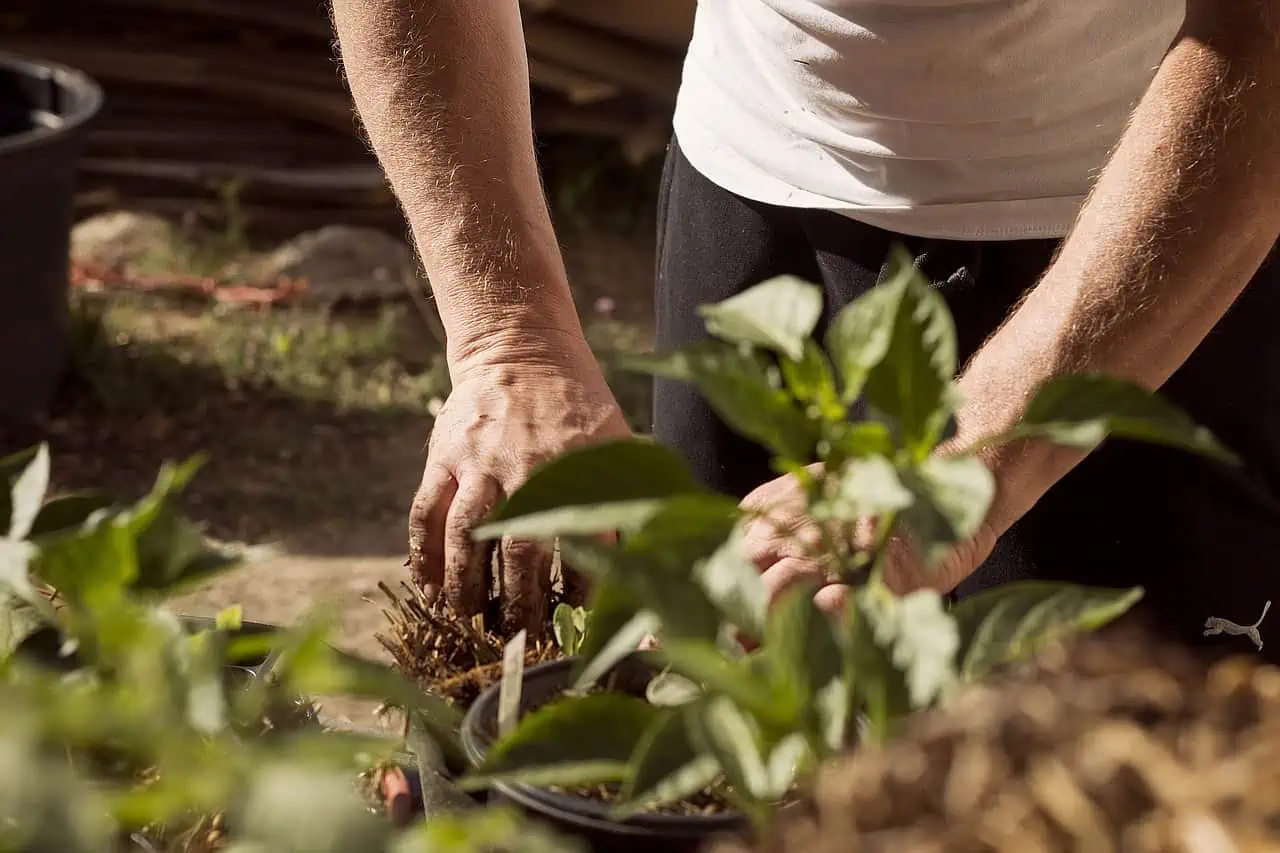Your garden is a living canvas, but it’s also subject to the whims of nature. From blistering heatwaves to frosty nights, harsh weather can take a toll on even the most resilient plants. However, with careful planning and the right strategies, you can help your garden thrive despite the challenges. Read on to learn about six essential tips to fortify your garden against harsh conditions.
1. Know Your Zone
Understanding your plant hardiness zone is the first step in creating a resilient garden. Hardiness zones categorize regions based on their average annual minimum temperatures, helping you choose plants that can withstand your area’s typical weather patterns.
Consult a hardiness zone map to identify your zone and select plants that are well suited to your climate. Choosing plants adapted to your zone increases their chances of survival during extreme weather events.

2. Build Healthy Soil
Healthy soil is the cornerstone of a thriving garden, providing essential nutrients, moisture, and support for plant roots. Improve soil health by incorporating organic matter such as compost, aged manure, and leaf mold.
These amendments enhance soil structure, increase water retention, and promote beneficial microbial activity. Healthy soil also encourages robust root growth, helping plants better withstand drought, heat stress, and other adverse conditions.
3. Mulch for Protection
Mulching stands out as a straightforward yet powerful method to shield your garden from adverse weather conditions. Envelop your plants with a layer of organic mulch, like wood chips, straw, or shredded leaves, to serve several vital purposes.
Firstly, it acts as a protective barrier, insulating the soil against extreme temperatures, whether it’s scorching heat or freezing cold. Moreover, mulch aids in moisture retention, ensuring that the soil remains adequately hydrated, particularly during dry spells.

Additionally, it plays a role in weed suppression, inhibiting the growth of unwanted plants and minimizing competition for nutrients. Furthermore, organic mulches gradually decompose over time, enriching the soil with valuable nutrients and fostering overall soil health.
4. Water Wisely
Proper watering is essential for helping your garden to withstand extreme weather conditions. During hot, dry periods, water deeply and infrequently to encourage deep root growth and drought tolerance. Use soaker hoses or drip irrigation systems to deliver water directly to the root zone, minimizing evaporation and runoff.
In contrast, during heavy rainfall, ensure there’s proper drainage to prevent waterlogging and root rot. Monitor soil moisture levels regularly and adjust your watering schedule as needed to maintain optimal conditions for plant growth.
5. Provide Shelter and Support
Give your garden a helping hand by providing shelter and support for vulnerable plants. Erect windbreaks, such as fences or hedges, to protect against strong winds that can damage foliage and stems.
Install trellises or stakes to support tall or sprawling plants and prevent them from bending or breaking under their weight or in heavy rain. Consider using shade cloth to shield delicate plants from intense sunlight during heatwaves, reducing the risk of sunburn and dehydration.

Consider using galvanized garden edging to enhance the structural integrity of your garden beds and borders, providing both aesthetic appeal and long-lasting durability against harsh weather conditions.
6. Choose Resilient Plants
Selecting resilient plant varieties is key to building a garden that can withstand harsh conditions. Look for plants that are well adapted to your climate, including native species and drought-tolerant cultivars.
These plants have evolved to thrive in challenging environments, making them more resilient to fluctuations in temperature, precipitation, and soil conditions. Incorporate a diverse range of species in your garden to increase resilience and create a more resilient ecosystem.
In summary, establishing a garden that’s capable of enduring harsh weather requires meticulous planning, deliberate plant choices, and consistent upkeep. By adhering to these six strategies, you can cultivate a robust outdoor sanctuary that will flourish despite nature’s trials. So, embrace the challenge, get your hands dirty, and revel in the enduring beauty and resilience of your garden across all seasons.
People Also Ask:
- How to Protect Your Garden Against Wildlife
- Selecting Ornamental Grasses for Low-Light Gardens
- What are mobile home interior doors
- Sleeping Soundly: Cotton or Linen Bed Sheet Preferences
- How to Adjust Rainbird Sprinkler Heads
- Garden Tiered Plant Stands
- Terracotta Statues for the Garden
- Decorative Garden Ornaments

